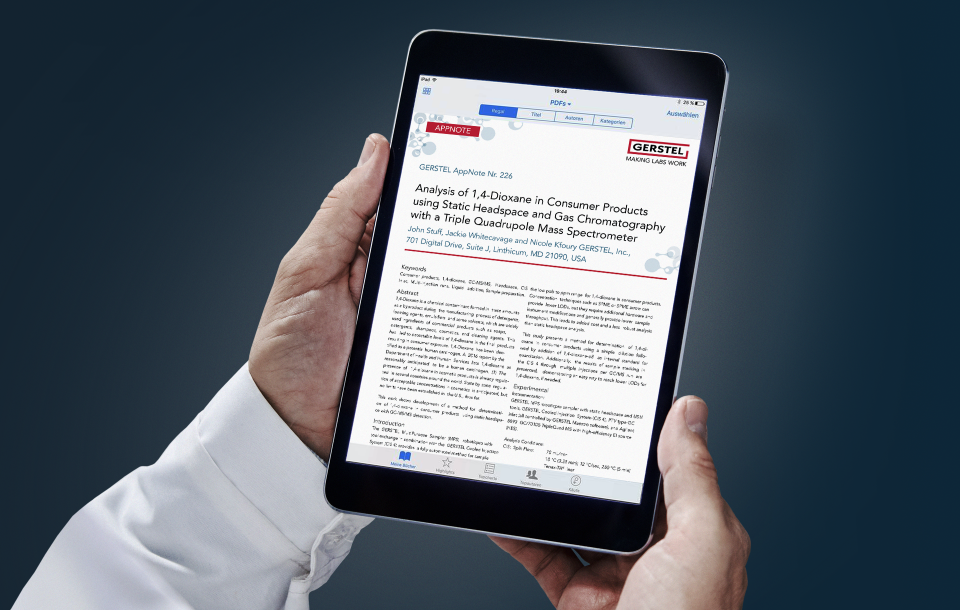A multi-residue method for determination of five groups of 85 pesticides - organochlorine, carbamate, organophosphorous, pyrethroid and others - in non-fatty food, e.g. vegetables, fruits and green tea is described. The method is based on stir bar sorptive extraction (SBSE) coupled to thermal desorption (TD) and retention time locked (RTL) GC-MS in the scan mode. Samples are extracted with methanol and diluted with water prior to SBSE. Dilution of the methanol extract before SBSE was optimized to obtain high sensitivity, and to minimize sample matrix effects (particularly for the pesticides with high log Ko/w values).
A multi-residue method to determine five groups of 85 pesticides - chlorinated, carbamate, phosphorous, pyrethroid and others - in vegetables, fruits and green tea has been developed using stir bar sorptive extraction (SBSE) coupled to thermal desorption and retention time locked (RTL) GC-MS. Pre-extraction with methanol and dilution with water prior to SBSE (60 min) were performed. Dilution of methanol extract for SBSE was examined to obtain high sensitivity and to compensate the effect of adsorption to the glass wall of extraction vessel and to sample matrix for the compounds with high log Ko/w values (e.g. pyrethroid).
Carpets for office use are nowadays in most cases applied with water-based adhesives. During the last decade the complaints about odors and emission of volatile organic compounds from these fitted carpets have increased dramatically, causing a major problem for indoor air quality. In a series of investigations it has been established that in many cases the adhesives used were the primary cause of complaints. This is initially surprising, since usually solvent-free water-based dispersion adhesives were used.
This paper describes the analytical approach of analyzing a broad variety of volatile compounds within a wide boiling point range with thermal desorption GC/MS.
Pagination
- Previous page
- Page 15
